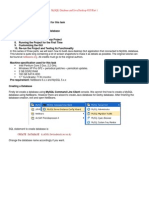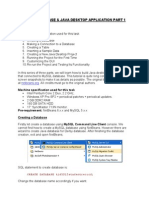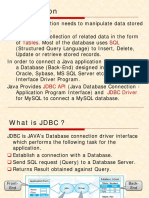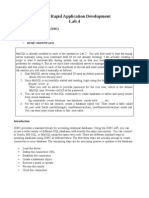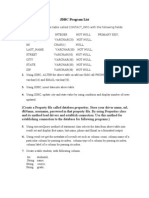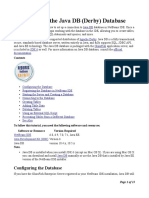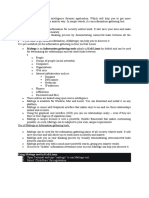0% found this document useful (0 votes)
11 views13 pagesMysql Java Connectivity
The document outlines the process of connecting a Java application using NetBeans to a MySQL database, detailing the concepts of front end and back end, as well as JDBC drivers. It provides step-by-step instructions for designing a database, registering the MySQL server with NetBeans, creating a GUI, and adding functionalities to buttons for displaying, searching, and inserting records. The document emphasizes the importance of establishing a connection and executing SQL statements within the application code.
Uploaded by
ismilimondal2011Copyright
© © All Rights Reserved
We take content rights seriously. If you suspect this is your content, claim it here.
Available Formats
Download as PDF, TXT or read online on Scribd
0% found this document useful (0 votes)
11 views13 pagesMysql Java Connectivity
The document outlines the process of connecting a Java application using NetBeans to a MySQL database, detailing the concepts of front end and back end, as well as JDBC drivers. It provides step-by-step instructions for designing a database, registering the MySQL server with NetBeans, creating a GUI, and adding functionalities to buttons for displaying, searching, and inserting records. The document emphasizes the importance of establishing a connection and executing SQL statements within the application code.
Uploaded by
ismilimondal2011Copyright
© © All Rights Reserved
We take content rights seriously. If you suspect this is your content, claim it here.
Available Formats
Download as PDF, TXT or read online on Scribd
/ 13





